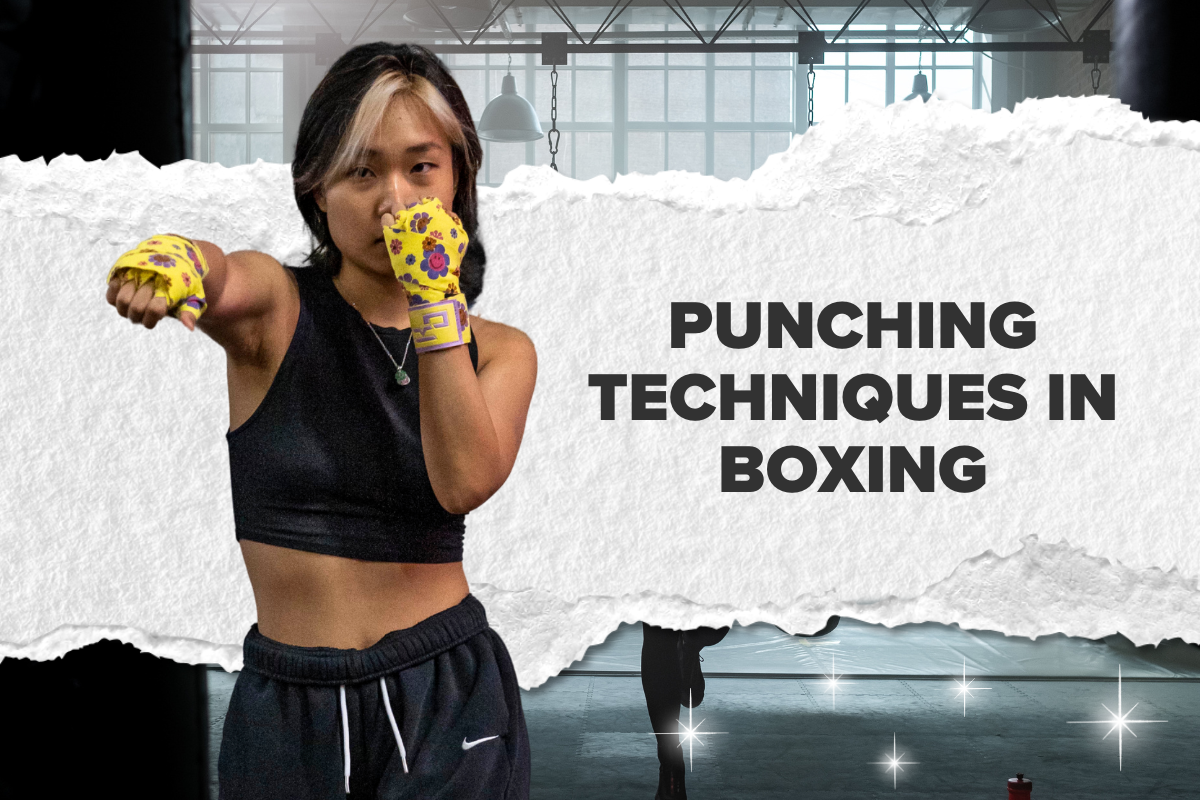Boxing isn’t just about throwing punches – it’s about not getting hit, too. Defense is one of the most important parts of boxing. If you can avoid your opponent’s punches, you stay safe, control the fight, and create chances to counter.
Whether you’re a total beginner or want to sharpen your skills, learning basic boxing defense techniques will instantly level up your game. In this guide, we’ll walk you through the key defensive moves every boxer should know.
Why Defense Matters in Boxing
Defense keeps you in the fight longer, helps you stay calm under pressure, and opens up opportunities to land your own punches. Good defense means:
-
Avoiding damage and conserving energy
-
Frustrating your opponent
-
Creating chances to counterattack
-
Staying balanced and composed
Think of defense as your shield. It lets you take control, not just survive.
1. Keep Your Guard Up
This is rule number one. Always keep your hands up to protect your face and chin.
-
Lead hand (front): just below eye level, ready to jab
-
Rear hand: protecting your chin and cheek
-
Elbows close to your body to shield your ribs
It seems simple, but dropping your guard is one of the most common beginner mistakes. Make it a habit.
2. Head Movement
Moving your head makes you harder to hit. Don’t stay still – always keep your head slightly off-center.
Try these basic movements:
-
Slip: Move your head to the side of an incoming punch (e.g., slip right when a jab comes)
-
Duck: Bend your knees and lower your head under a hook
-
Bob and weave: A rhythmic combination of slipping and ducking, great against hooks and combos
Practice head movement during shadowboxing to get the rhythm down.
3. Footwork and Angling Out
Your feet are just as important as your hands in defense. Good footwork gets you out of trouble and into better positions.
-
Step back or to the side after punches
-
Pivot off your lead foot to change angles
-
Don’t stay in one spot too long
Use light, quick steps and stay on the balls of your feet.
4. Blocking
Sometimes you’ll take punches on purpose – on your gloves or arms – to absorb the hit safely.
-
Catch jabs with your rear hand
-
Block hooks with your gloves and forearms
-
Bring your elbows in to block body shots
Blocking is about absorbing impact without letting it land clean.
5. Parrying
Parrying is redirecting a punch with a quick tap or push.
-
Use your lead hand to parry jabs to the outside
-
Use your rear hand to knock crosses off line
It takes good timing, but it keeps your hands close and ready to counter. Parrying is subtle but very effective.
6. Clinching
If you’re in close and under pressure, clinching is a way to tie up your opponent and stop the attack.
-
Wrap your arms around their arms or shoulders
-
Keep your chin tucked and posture strong
-
Wait for the ref to break it or use the moment to recover
Clinching is legal and used often by pros to reset or avoid danger.
7. Rolling With Punches
Rolling is turning your body slightly with a punch to lessen the impact.
-
Rotate your shoulders or upper body as the punch lands
-
This takes away the power of the punch and lets you stay close
It’s more advanced, but once you learn it, it adds a smoothness to your defense.
8. Counterpunching
Defense isn’t just about avoiding shots – it’s about making your opponent pay when they miss.
Some basic counters:
-
Slip and throw a cross
-
Parry a jab, then jab back
-
Duck a hook and come up with your own
Counterpunching builds confidence and makes you harder to attack.
9. Defensive Drills for Beginners
Practice these drills to improve your reflexes and technique:
Mirror drill: Shadowbox while watching yourself. Focus on keeping your guard up and moving your head.
Partner drills: Have a partner throw light punches while you practice slipping, ducking, or blocking.
Heavy bag defense: After every combo, practice head movement or footwork to reset.
Double-end bag: This helps with reaction time and timing your slips.
10. Stay Relaxed and Focused
A stiff body is slow. Stay loose so you can react quickly. Focus on:
-
Breathing steadily
-
Staying light on your feet
-
Keeping your eyes on your opponent’s shoulders (they signal punches)
Relaxed fighters react better, waste less energy, and see openings more clearly.
Common Mistakes to Avoid
-
Dropping your hands after punching
-
Moving straight back in a line (angle out instead)
-
Forgetting to breathe during defense
-
Overcommitting to slips or ducks (stay balanced)
-
Getting stuck in one spot
Fixing these habits early will make you much harder to hit.
Sample Defensive Training Routine
Warm-up (5-10 mins): Jump rope or dynamic stretches
Shadowboxing (3-5 rounds): Add head movement after each combo
Heavy bag (3 rounds): Throw combos, then block, slip, or angle out
Partner drill or mirror drill (2-3 rounds): Work on specific defensive techniques
Cool-down (5 mins): Light stretching and breathing
Final Thoughts
Boxing defense is what separates good boxers from great ones. If you want to feel confident, in control, and stay safe, make defense part of your daily training. With time, you’ll move smoother, react quicker, and start seeing openings before they happen.
Want gear that helps you train smarter? Visit KOStudio.co for boxing gloves, wraps, and gear designed for women who box.



